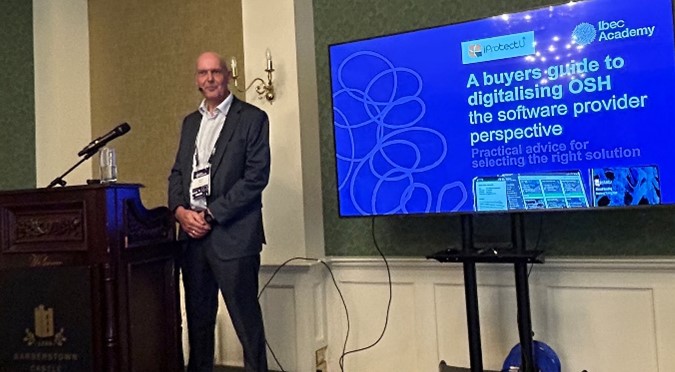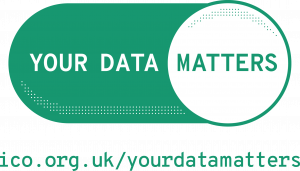GRC is a framework or set of practices which well-managed organisations adopt to ensure they operate within legal, ethical, and regulatory boundaries while effectively managing risks and aligning with their strategic goals.
Background
GRC emerged in the early 21st century when companies recognised that coordinating the people, processes and technologies they used to manage governance, risk and compliance could benefit them in two ways. A synthesised approach would help ensure their organisations acted ethically. It would also help them achieve their goals by reducing inefficiencies and miscommunications.
As businesses grow increasingly complex, they need a way to effectively identify and manage key activities in the organisation. Also needed is the ability to integrate traditional distinct management activities into a cohesive discipline that increases the effectiveness of people, business processes, technology, facilities and other important business elements.
Components of GRC
- Governance: The system of rules, processes, and structures that guide and control an organisation’s activities. It involves defining and enforcing policies, making decisions, and providing oversight to ensure the organisation’s objectives are met. Good governance ensures accountability, transparency, and responsible decision-making.
- Risk Management: This involves identifying, assessing, and mitigating risks that could impact an organisation’s ability to achieve its goals. This process includes identifying potential risks, analysing their probability and potential consequences, implementing controls to minimise or eliminate these risks, and monitoring and reviewing the effectiveness of the controls.
- Compliance: This refers to the adherence to laws, regulations, industry standards, and internal policies that are relevant to an organisation’s operations. Compliance ensures that the organisation operates within legal and ethical boundaries and meets the requirements set by regulatory bodies or industry best practice. Examples include conducting audits, maintaining accurate records, and implementing internal controls.
Any size organisation can use GRC. However, developing a GRC discipline is especially important for large organisations which have extensive governance, risk management and compliance requirements and where programs to meet these requirements often overlap. GRC breaks down the traditional barriers between business units, requiring them to work in a structured, collaborative fashion to achieve the company’s objectives. This can help improve overall efficiency, effectiveness, and trustworthiness of the organisation.
Many companies use specialised software solutions to streamline their GRC processes and automate various tasks associated with governance, risk management, and compliance.
iProtectU brings together key resources and knowledge, specialising in governance, risk management, compliance, EHS software development, health and safety, business intelligence and data analytics.
We provide fully integrated, cost-effective, and simple-to-use health and safety software that enables our clients to engage their entire team.








